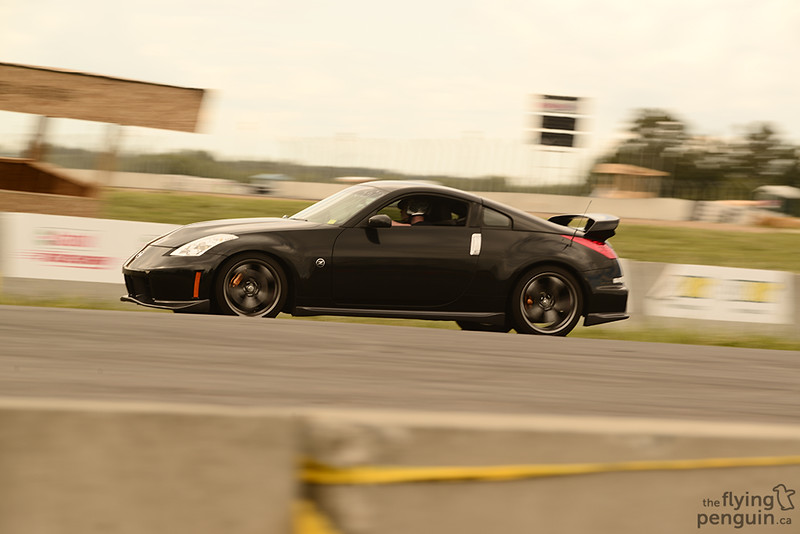
For whatever reason it may be, I’ve been having a lot of people ask me about the basics of getting into lapping/track days, so I thought that I’d take the opportunity to dedicate an entire post to just that. Before I go any further, I just want to make it clear that I am not a professional race car driver; this just happens to be one of my passions that I try to participate in as much as I can. I am simply just offering some advice based off of my own experiences.
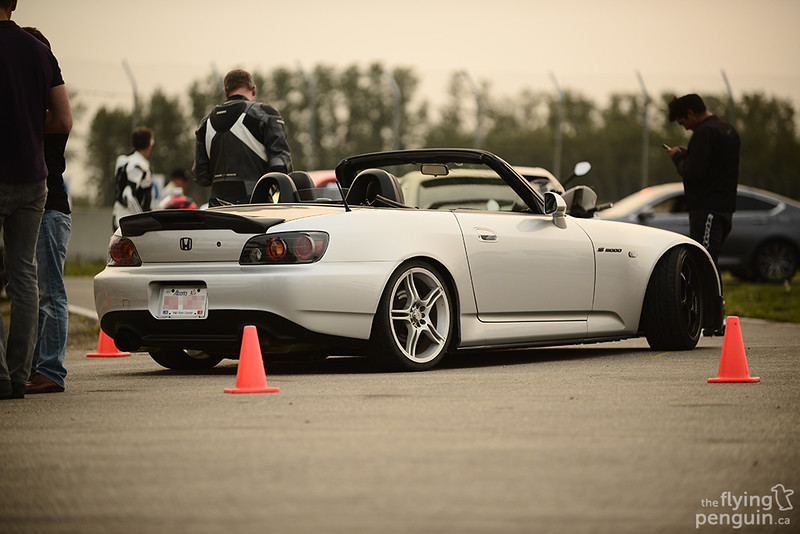
I’ve touched on some of this in the past but haven’t really gone into detail. Everyone’s experience will differ slightly, so take what I say with a grain of salt. Your day might end with a gigantic grin on your face or with your car up in flames (more on that later).
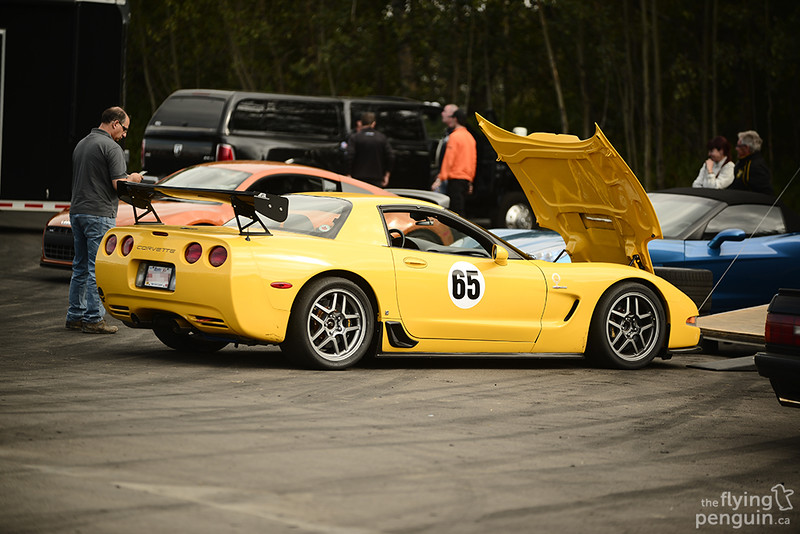
Now while it’s obvious that your car has to be prepped and ready to go for a full day of abuse, it’s also equally important to make sure that you yourself are equally prepared and ready to go.
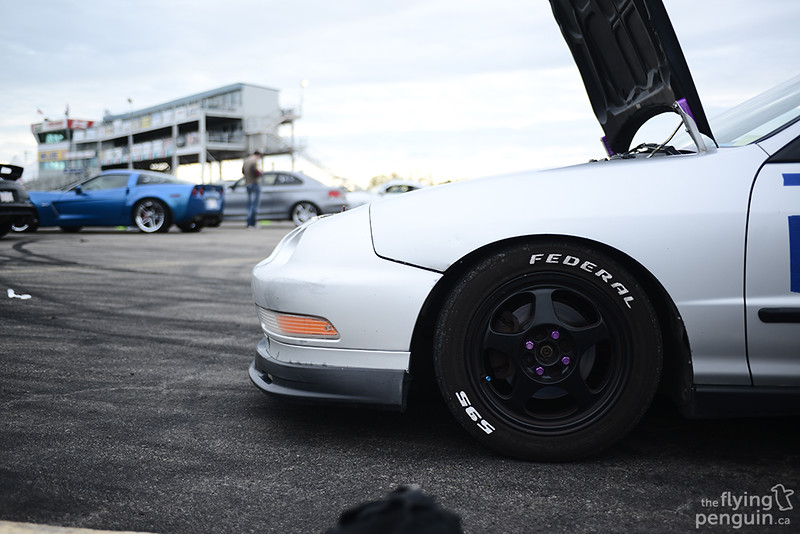
Track days are quite demanding, both physically and mentally. Ideally your day will be nice and sunny, but that’s not always the case. Events will run regardless if it rains or even snows, so dress accordingly! It is also extremely important to keep yourself hydrated and properly fed at all times. Make sure to bring lots of water as well as some food/snacks if needed. Depending on the organizers, you may even get a complimentary lunch during the day!
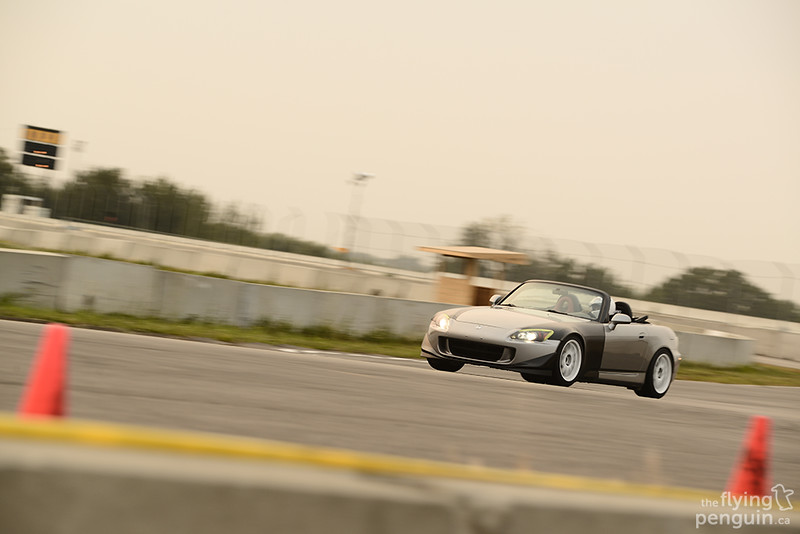
Another important thing is to make sure that you get plenty of rest the night before. You have to concentrate on driving all day with other cars around you, so this is a very important point. If the weather is hot as well, that’ll make concentrating even more difficult. I personally try to do as little as I can the day before and relax as much as possible (which also means making sure you do all your car prep ahead of time).

Depending on your schedule, some track days will run into the night as well, which of course calls for that much more focus when driving fast.

Last but not least, you have to have a good helmet for these events. Most events require a DOT and SNELL approved (M2005+ rating) helmet in order to drive on the track (either open or closed-face). While there are some events out there that don’t require a helmet whatsoever, I strongly recommend using a helmet at all times for obvious safety reasons. It’s already recommended to wear a helmet when riding a bicycle; wearing a helmet when racing at 120KMPH+ with other cars and concrete walls around you should be a no brainer.
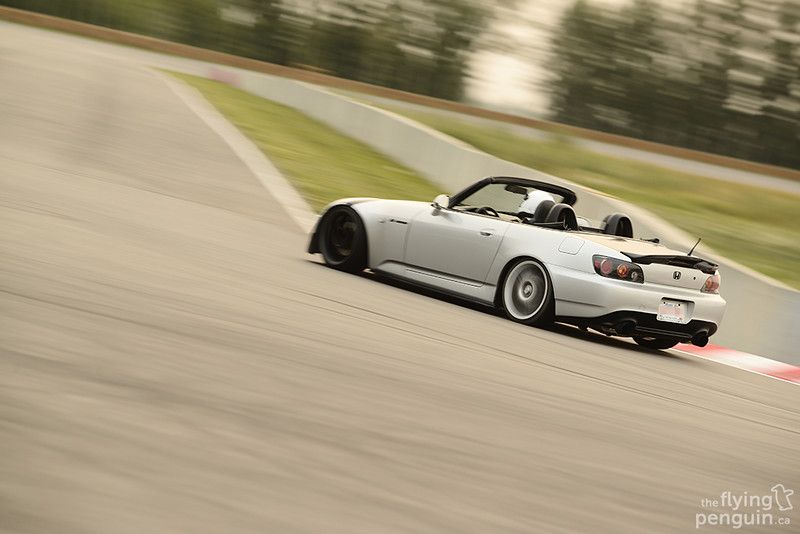
I also highly recommend a good pair of shoes for driving events. No, I don’t mean fancy dress shoes, but rather shoes with a flat sole that’s not too thick. This will allow you to feel the pedals a lot better, something that can be pretty important to try and get as much feedback from the car as possible. One other thing that is completely optional as well is racing gloves. While not needed, this will help prevent perspiration and material from your steering wheel from transferring onto your hands. Most gloves are also designed to grip the steering wheel better, however can also numb the steering feel a bit.

Now don’t forget about your car! As far as that goes, it of course has to be in mechanically sound condition. Make sure that there’s nothing broken/on its way out, no major leaks, nothing loose inside the car, lots of tire life left, and of course has lots of brake material left. I HIGHLY recommend using aftermarket brake fluid and pads as track days are very harsh on the brakes. OEM fluid tends to boil rather quickly, and regular brake pads will fade sooner when constantly braking hard. The last thing you want is to step on the brakes and for nothing to happen (especially if there’s a wall in front of you).
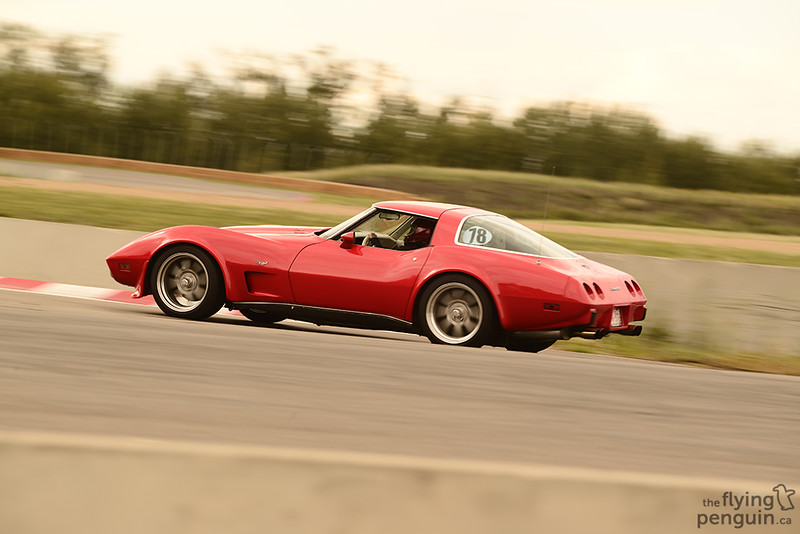
Believe it or not, that’s really all there is when it comes to having your car ready. Now if you’re reading this, there’s a good chance that you’re into the tuning scene. You do NOT have to have a race-ready car to participate in a track day. In fact, starting off with a relatively normal car and slowly modifying it over time will help you both feel and understand the difference each modification makes. It doesn’t matter if you drive a family sedan, and old classic…

…or a Formula 1000 car. While it helps, your car does not have to be perfect. Is your car too heavy? Then you’ll learn how to control it. Is it underpowered? Then you’ll learn how to get the best out of it. The important thing is to come out and learn how to drive fast.
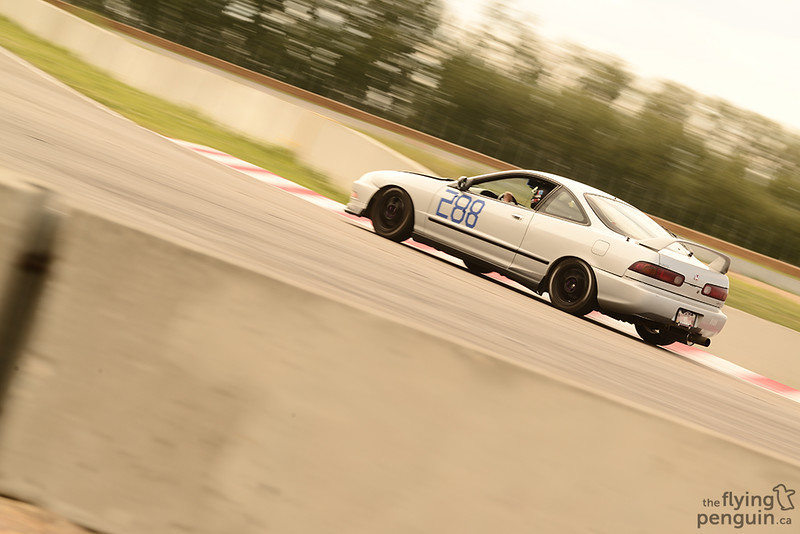
That last point is pretty important too: learning how to drive fast. I’m sure we’ve all seen Initial D and got gold medals in all our Gran Turismo licence tests, but the reality that this is the real world. We’re not here to compete with each other. We’re here to learn the limits of our cars as well as ourselves, and to improve as drivers in general.
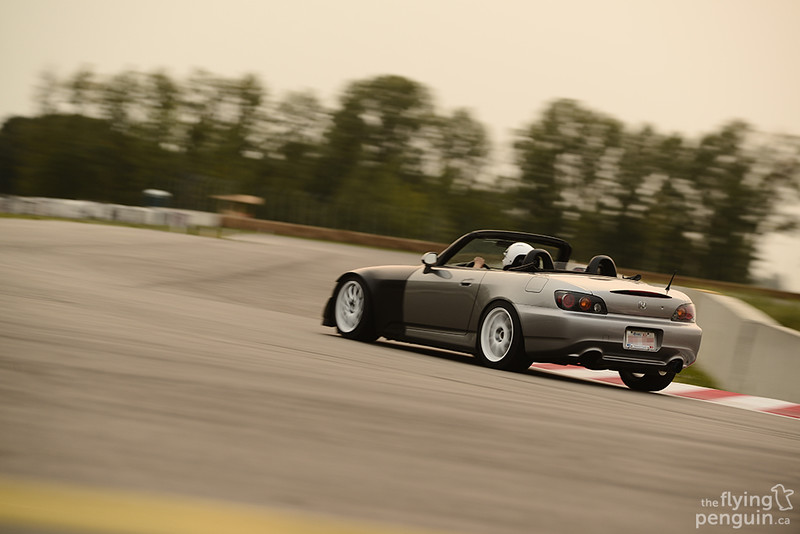
While many people use driving simulators for practice (myself included), the difference between driving fast while sitting in a couch vs. in the drivers seat is huge. When you’re sitting in front of your TV you can’t feel the heat or the G-forces on your body, and there’s no “what if” thoughts lingering in the back of your head. You aren’t worrying about something breaking or the engine blowing up, and you’re especially not worried about getting seriously injured in the event of a crash. In the end these are all possibilities that you have to be prepared for, as racing is stressful on both the car and the person behind the wheel. You can do all the preparation in the world, but in the end things can still break when you least expect it.

As an example, in the past year I went through one engine, two tires, a heater/coolant hose, and had to attend physical therapy for strained neck muscles. I’ve also witnessed multiple people blow engines, a wheel fly off of my friends S2000 while driving at 160KMPH, a couple other cars completely fly off the track due to brake malfunctions, an FR-S completely roast a brake pad in 30 minutes due to a caliper malfunction, and lastly the R33 GTR pictured here crash right into a concrete wall. It may sound rough, but this is the reality of it. You have to be prepared for anything.
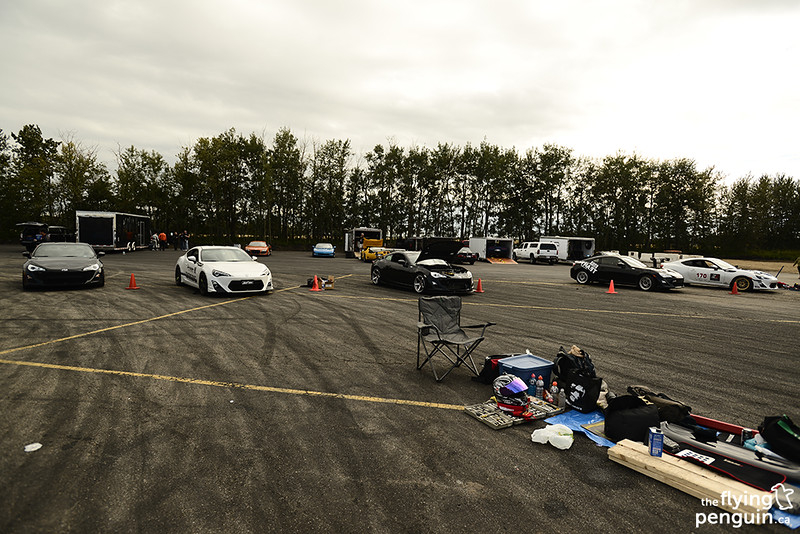
If you can, it’s also a good idea to bring some spare supplies with you. In addition to the food and water that I mentioned earlier, it’s generally a good idea to bring some tools, a jack, extra fluids (engine oil especially if you drive a Honda), and of course spare parts if you have any laying around. Don’t expect to be performing an engine swap while in the pits, but you can always changes quick things such as brake pads. You can see my pile of supplies sitting on the bottom right here.
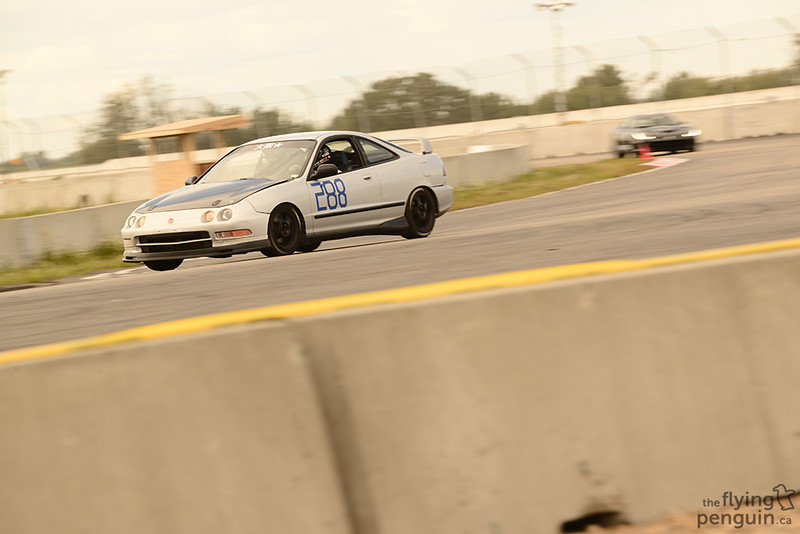
Lastly, just get out there, drive, be safe, and have fun! It really doesn’t matter if you drive a slow car and find yourself getting passed all day. Everyone is just out to enjoy themselves, something that you’ll quickly become aware of that if you talk to anyone that is present.
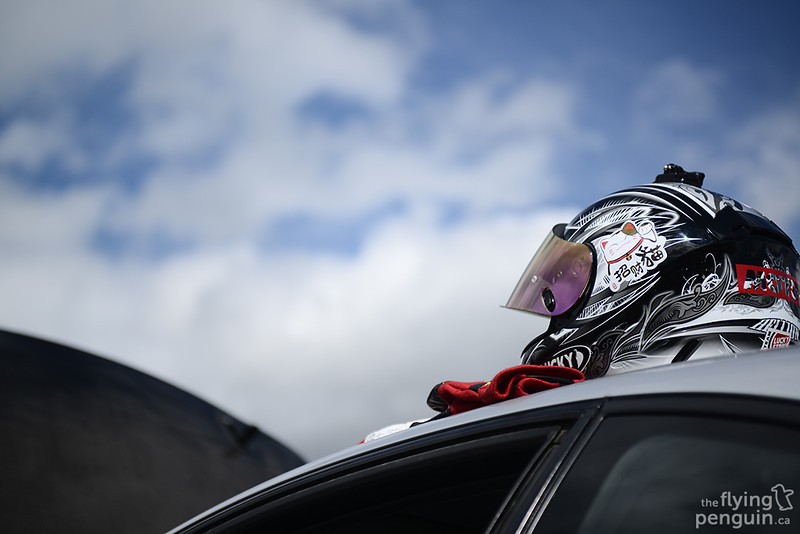
I hope that this will help some of you guys out there gain some insight. Again, I am just offering some advice based on my own personal experiences. I am by no means a professional, just an enthusiast taking part in one of my many passions. In all my years of doing this, I have never seen or heard of someone who went to the track and didn’t enjoy it, so what are you waiting for?!
-brandon.
Click HERE to view the full photo set on Flickr.